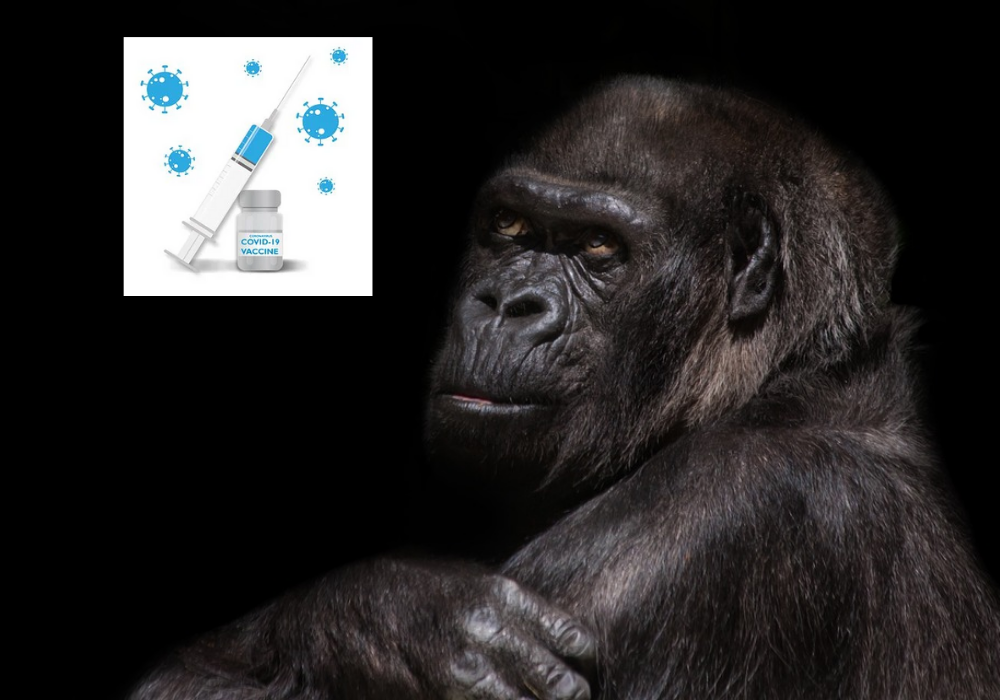A thorough training program is essential for zookeepers to care for their animals properly. Zoo animals are not taught for obedience in the same way that domesticated pets are. Instead, as part of their daily routine, they are learning to collaborate with their guardians. For instructional activities, they may demonstrate natural behaviors on demand.
Science of Zoo Training
Positive reinforcement training is the form of training that zoos almost exclusively utilize. It indicates the trainer is adding something to the encounter to increase the likelihood of a behavior occurring again. Zookeepers are using positive reinforcement training also to encourage animals to participate in innovative and complex tasks. Most of the time, animals enjoy training, but sometimes, they do not want to work; animal keepers may not train on that particular day. To make it highly tremendous and worth the animal’s time, keepers employ unique and unusual reinforcers.
The only way to tell and reward the animal you’re educating what it needs to succeed is to use positive reinforcement. The trainer does not employ physical violence or harsh punishment. Any item that an animal enjoys may be utilized as a reinforcer, allowing trainers to be creative and continuously alter how they treat their animals.
Specific Training

For certain species infrequently, a training strategy must account that food-based reinforcers can only be employed once every few days. A flash of light is frequently used to connect aquatic or deaf animals, and a tactile bridge may be used to connect an elderly animal with impaired hearing and vision. Big carnivores generally feed meat treats using tongs or a long stick to prevent accidentally taking a finger. Fish are usually given reinforcers straight off a bar to ensure that the correct animal in the tank receives the reinforcer meant for it.
Greensboro Science Center keeper
Mikulskis’ work as a senior keeper entails more than just ensuring that animals have food, drink, and shelter. Most people will never see a Sumatran tiger up close, but Carolyn Mikulski of the Greensboro Science Center does it regularly.
In a new addition at the Greensboro Science Center, two endangered Sumatran tigers made their public premiere this week
Rocky and Jaggar, two tigers from the Jacksonville Zoo in Florida, arrived in North Carolina earlier. They were able to begin exploring their new outdoor display. The public first looked at Rocky and Jagger when the tigers had access to their outdoor display space and inside holding room.
Carolyn Mikulski, the chief tiger keeper at the Greensboro Science Center, said. “With the boys only being two years old, we are going to get to watch them grow and mature here at the GSC. They are only about 180lbs right now and could grow up to 310lbs,”
Mikulski further explained that Animals, like us, require mental and physical stimulation to flourish. That’s why one of her responsibilities is to manage the scientific center’s training and enrichment program. Animal enrichment may appear different from the enrichment to which humans get used, but the concept is the same.
After over 15 years in the keeper field and seven years at the science center, Carolyn has worked with all animals at the scientific center. Enrichment keeps her occupied, but training the animals consumes a significant portion of her time.
Tigers Current Habitat in Greensboro Science Center
They live in a remodeled environment including, waterfalls, bridges, boulders, scratching posts, climbing structures, shade places, and a cave. The tiger enclosure was renovated to accommodate a breeding pair of tigers. It offers denning space and a separate area for moms and cubs if needed and four distinct rooms that may get joined in the future to create bigger quarters.
Enrichment Exercises
By placing food on the exhibit’s highest point, tigers may obtain exercise that mimics their natural activity of climbing up into the trees in search of food.
Rocky, a 4-year-old Sumatran tiger try to get the frozen food onto a giant ball during a recent enrichment session. Rocky’s paws on the ball caused it to roll away, similar to prey runny away across the hills and through the tiger’s natural habitat. To get his dinner, he’ll have to hunt it down, exactly like a real tiger would. He must also eat the ball while holding it in his hands like a corpse.
In House Training of Pets
Many pet owners are concerned that housetraining their pets would be challenging, filthy, and time-consuming. It doesn’t have to be this and also does not have to take a long time. Your puppy will be housetrained in no time with a bit of devotion, time, and effort.
Keep in mind that housetraining a pet goes against the animal’s innate nature. Possess patience and a sense of humor. Besides, if your furniture is more important to you than your pet’s comfort and well-being, you really shouldn’t have one in the first place.
Which Animal is Easier to train?
Essentially, training is operant conditioning. Positive conditioning teaches the animal to link a word or other signal with specific behavior. As a result, training as a concept is a part of the problem. Even Single-celled organisms can establish a consistent reaction to predictable stimuli if you repeatedly expose any animal to adequate stimuli. The only animal that can get trained easily is a dog. Everyone benefits from a well-trained dog since it is a happy dog.




